Top Frameworks for Building Agentic AI Systems in 2025
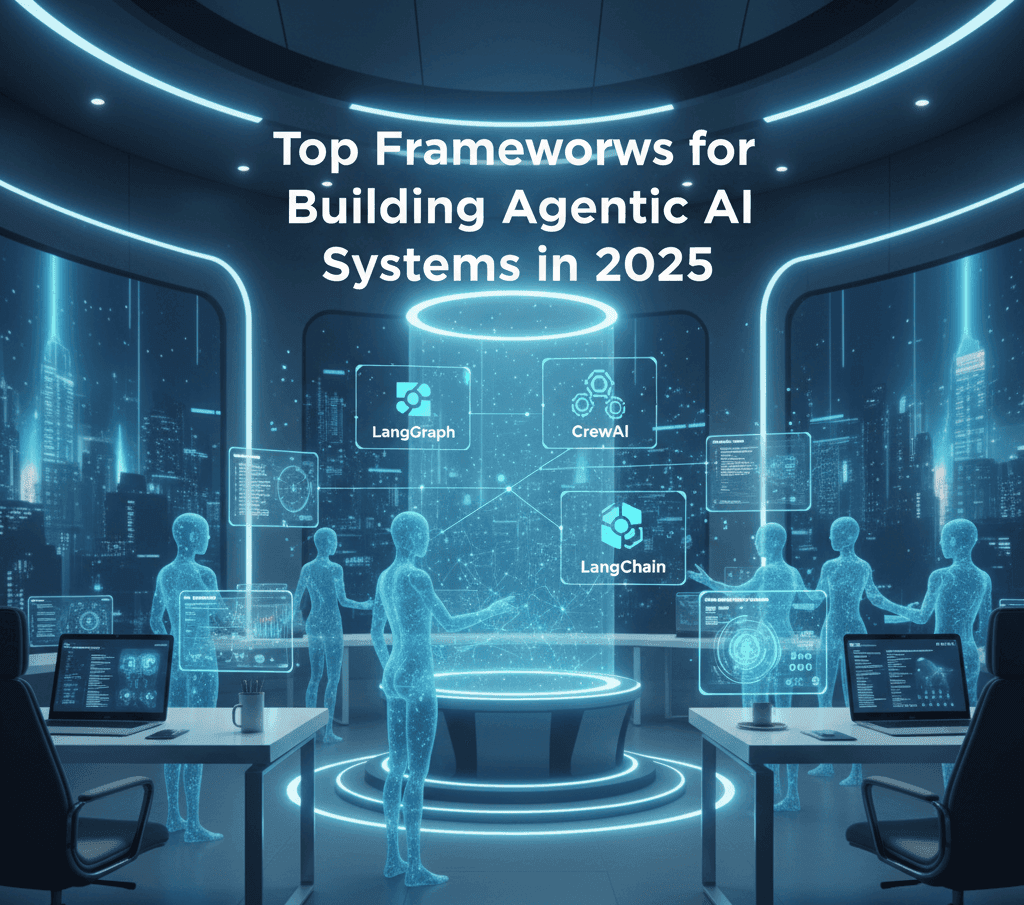
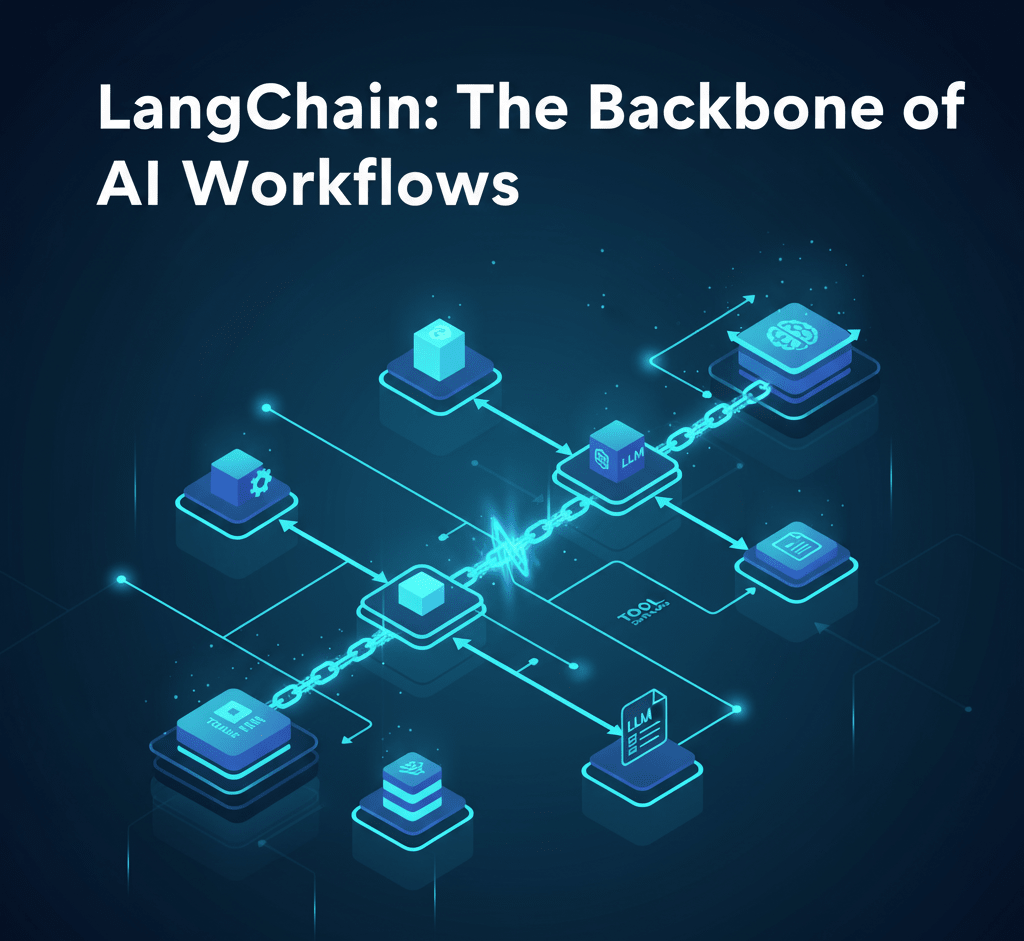
1. LangChain
LangChain is one of the most popular Agentic AI frameworks in the world. It’s built around the concept of “chains” sequences of steps that process data, reason, and generate output.
Best For:
RAG (Retrieval-Augmented Generation), chatbots, and reasoning agents.
Key Features:
Integrates with vector databases like Pinecone, Chroma, and FAISS.
Includes “Agents” that can call external tools and APIs.
Supports both Python and JavaScript.
Extensive documentation and community.
Why It Matters:
LangChain made it simple to move from a single prompt to an entire reasoning pipeline. It’s the foundation that many new Agentic AI frameworks are built upon.
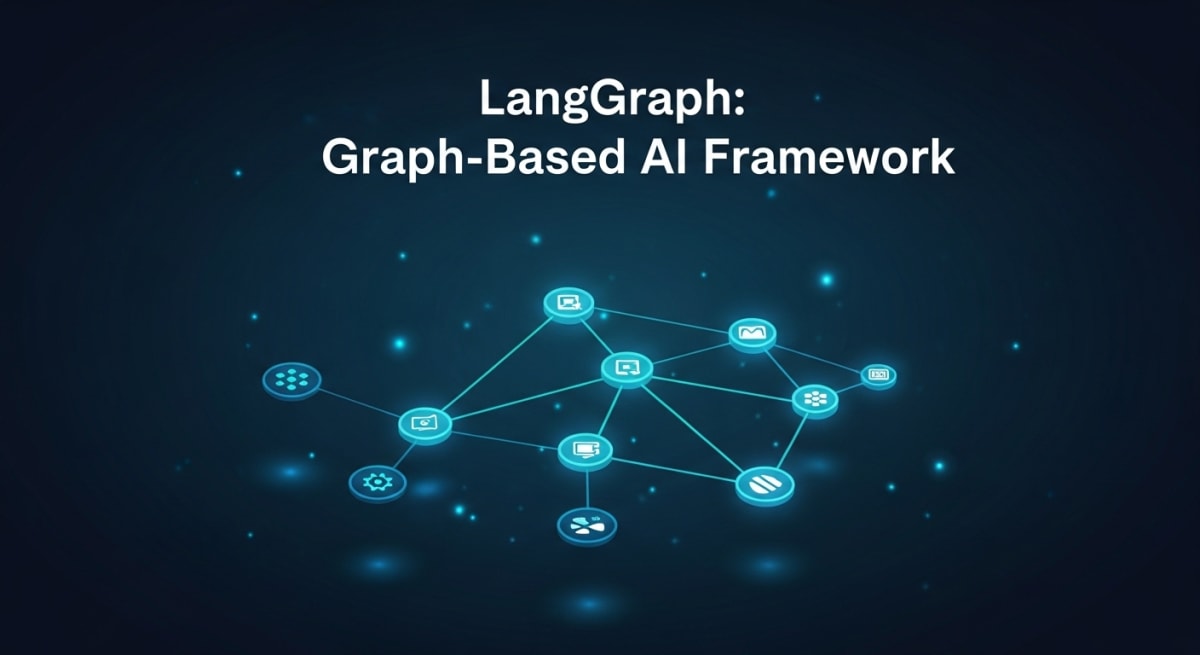
2. LangGraph
Built on top of LangChain, LangGraph brings a new paradigm: graph-based reasoning. Instead of linear “chains,” it allows developers to define AI workflows as graphs of nodes and edges perfect for multi-step or multi-agent tasks.
Best For:
Developers building complex, stateful AI agents with memory and branching logic.
Key Features:
Built using Pydantic, ensuring strict data validation and state management.
Visualizes reasoning as a graph of connected operations.
Perfect for multi-agent collaboration and real-world reasoning flows.
Why It Matters:
LangGraph introduces structure and traceability to Agentic AI you can actually see how your agent thinks and transitions between decisions.
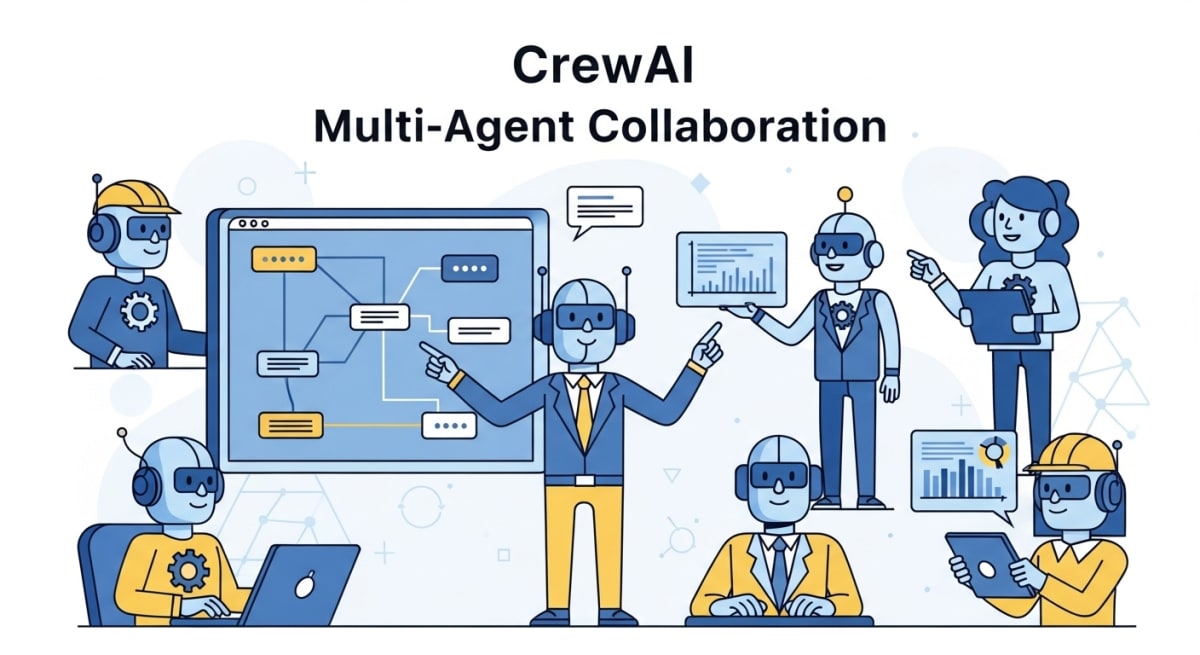
3. CrewAI
While LangGraph focuses on structure, CrewAI focuses on teamwork. It’s a framework that allows multiple AI agents to collaborate on shared goals just like human teams.
Best For:
Task automation, collaborative brainstorming, or workflow orchestration.
Key Features:
Agents can have specific roles (Researcher, Developer, Strategist, etc.).
Each agent communicates, debates, or delegates work to others.
Designed for creative or research-driven environments.
Why It Matters:
CrewAI mimics how real organizations operate dividing work, sharing results, and reaching consensus. It’s a major step toward real-world AI collaboration.
4. AutoGen (by Microsoft)
AutoGen by Microsoft Research is a powerful open-source framework for building conversational and cooperative multi-agent systems.
Best For:
Developers who want conversational agents that interact dynamically.
Key Features:
Simple interface for defining chat-style agents.
Agents can converse, plan, and collaborate through dialogue.
Integrates with OpenAI, Azure, and local LLMs.
Excellent support for research and simulation.
Why It Matters:
AutoGen focuses on interaction as intelligence. By letting agents talk to each other, it creates realistic coordination and cooperative problem-solving.
5. LlamaIndex (formerly GPT Index)
LlamaIndex is the backbone of many RAG (Retrieval-Augmented Generation) applications. It helps agents retrieve and use knowledge efficiently by connecting data sources with LLMs.
Best For:
Knowledge-heavy AI systems like assistants, research tools, or knowledge bases.
Key Features:
Modular tools for loading, storing, and retrieving documents.
Integrates with LangChain and LangGraph.
Provides query engines, vector stores, and document retrievers.
Why It Matters:
LlamaIndex makes AI smarter not by increasing parameters, but by improving access to context. It’s what turns static LLMs into informed, accurate agents.
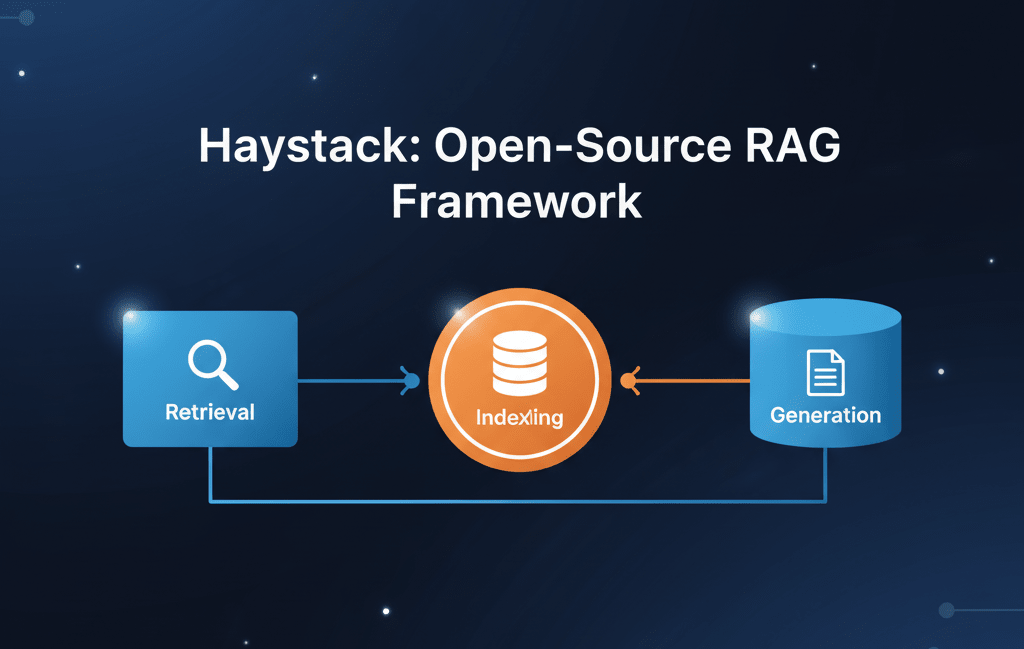
6. Haystack
Haystack, by deepset, is a production-ready framework for RAG and enterprise AI pipelines. It’s built for performance, scalability, and integration.
Best For:
Enterprise teams deploying retrieval-based AI in production.
Key Features:
Modular pipeline architecture.
Integration with Hugging Face, OpenAI, and local models.
Easy evaluation, monitoring, and deployment.
Why It Matters:
Haystack isn’t just for experiments it’s built for real-world applications where speed, security, and reliability matter.
7. AutoGPT / MetaGPT / OpenDevin
These frameworks represent the bleeding edge of autonomy systems where AI agents can plan, execute, and improve without direct human input.
Best For:
Developers exploring fully autonomous AI systems and experiments.
Key Features:
Goal-based planning and feedback loops.
Real-time task execution and self-improvement.
Integration with coding, browsing, and research tools.
Why It Matters:
They showcase where Agentic AI is heading toward self-directed AI systems that can learn from feedback and act without constant prompting.
How to Choose the Right Framework
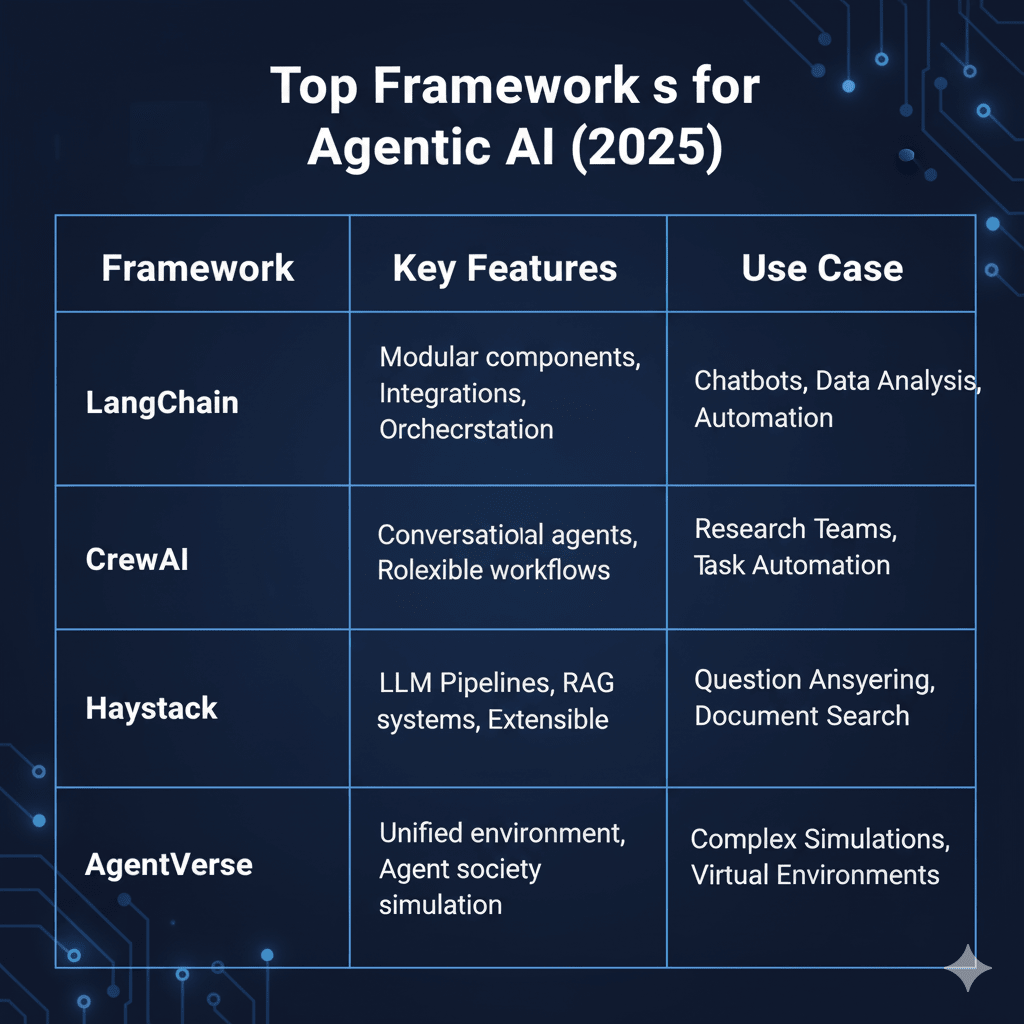
When choosing a framework, consider your use case, scalability needs, and level of autonomy.
For instance, LangGraph and CrewAI are perfect if your goal is to build collaborative or reasoning-based systems, while Haystack is ideal for production-level applications.
The Future of Agentic AI Frameworks
The next evolution of Agentic AI frameworks will focus on:
Inter-Agent Communication Standards – Agents from different frameworks working together.
Persistent Long-Term Memory – Agents remembering across sessions.
Cross-Model Interoperability – Support for OpenAI, Anthropic, Gemini, and open-source models.
Ethical AI Governance – Transparency, explainability, and control.
As AI becomes more autonomous, the frameworks behind it will act as the invisible infrastructure of intelligence ensuring that agents remain safe, efficient, and aligned with human goals.
Conclusion
Frameworks like LangChain, LangGraph, CrewAI, and AutoGen are driving the Agentic AI revolution. They give developers the tools to move beyond simple LLM prompts and into the realm of true autonomous reasoning systems that can plan, act, and adapt.
In short, if language models are the brains, then Agentic AI frameworks are the nervous system connecting it all.
And in 2025, learning to use them isn’t optional it’s essential for anyone building the future of AI.
Join the conversation
Sign in to share your thoughts and engage with other readers.
No comments yet
Be the first to share your thoughts!